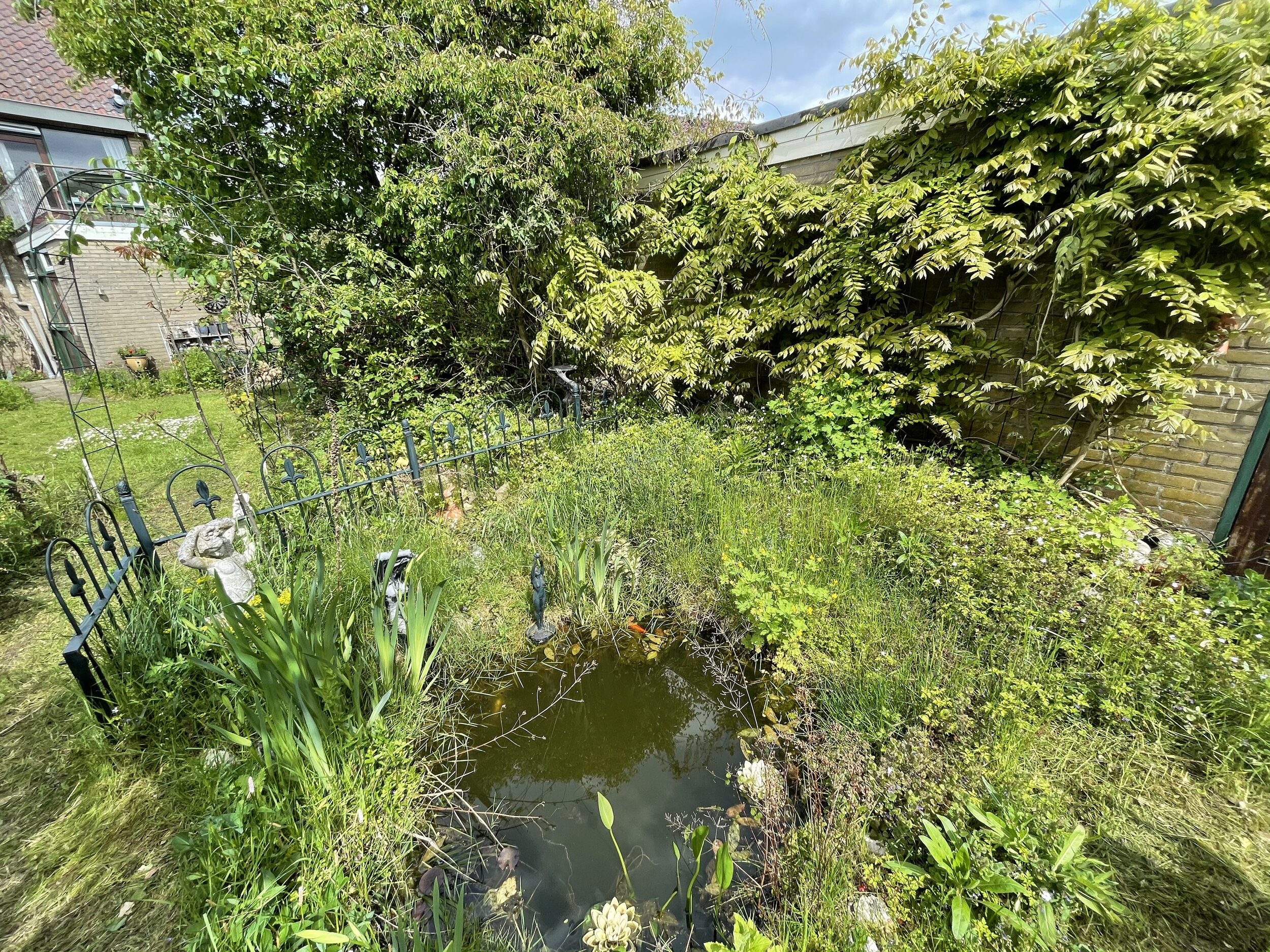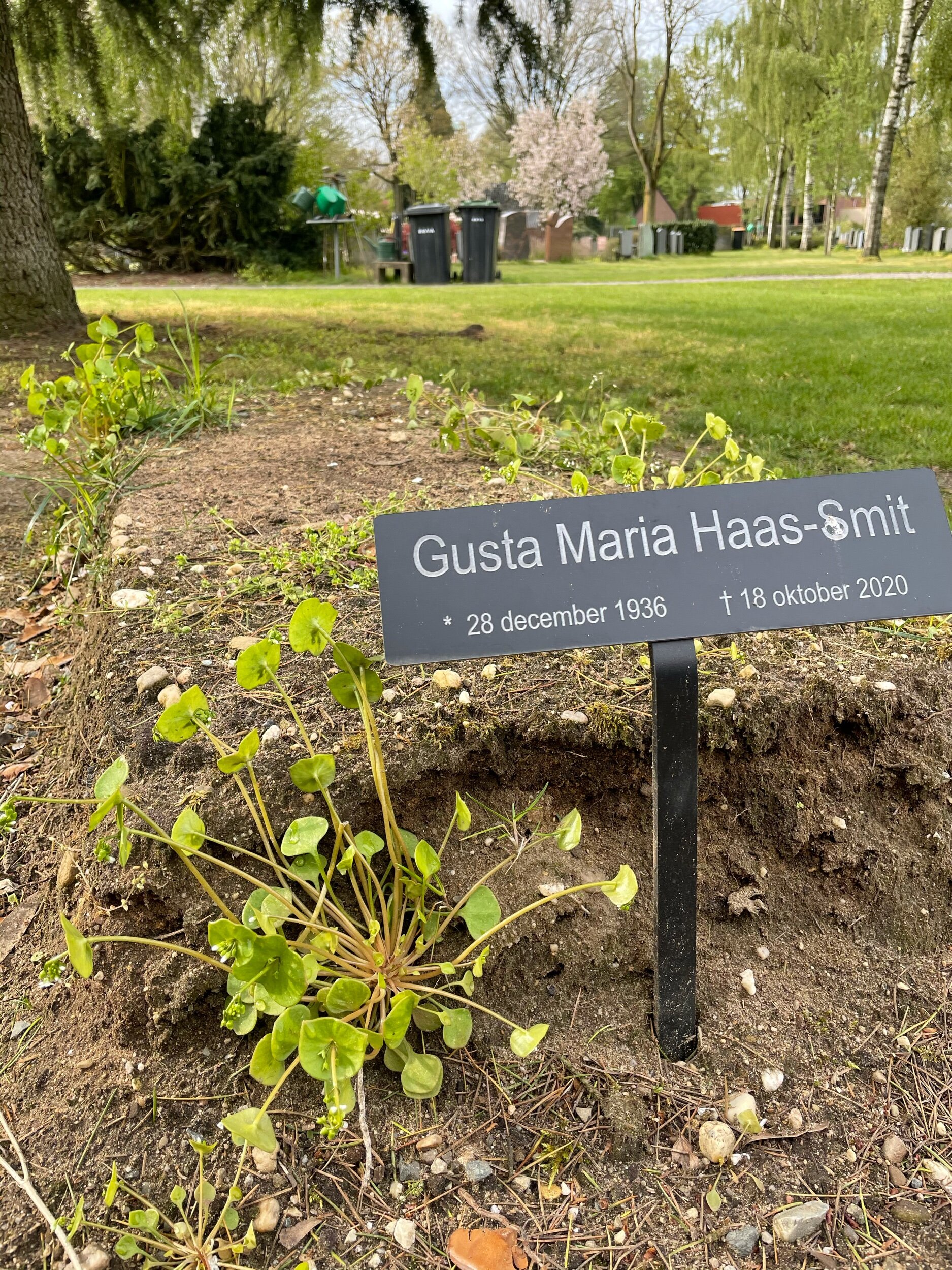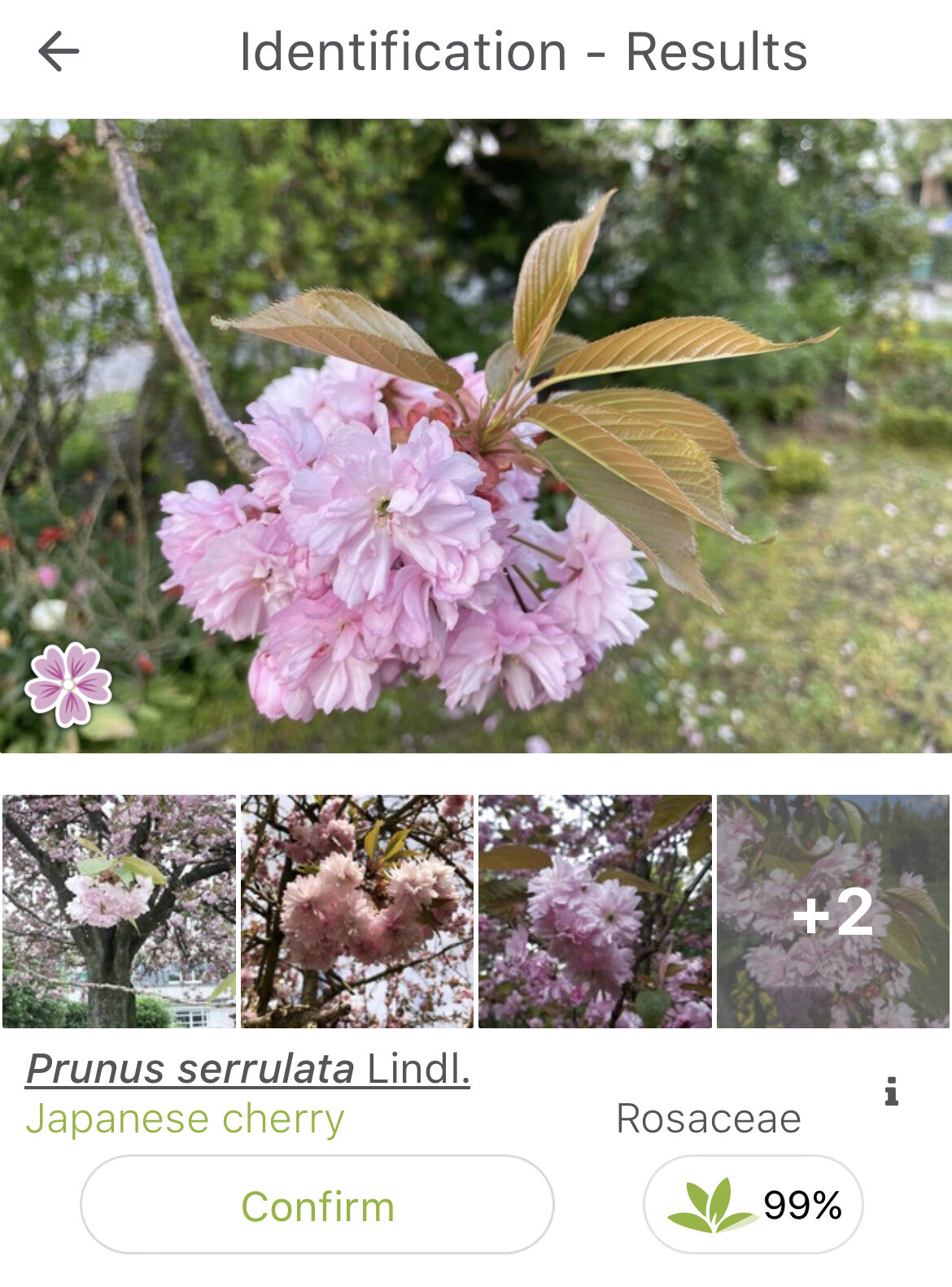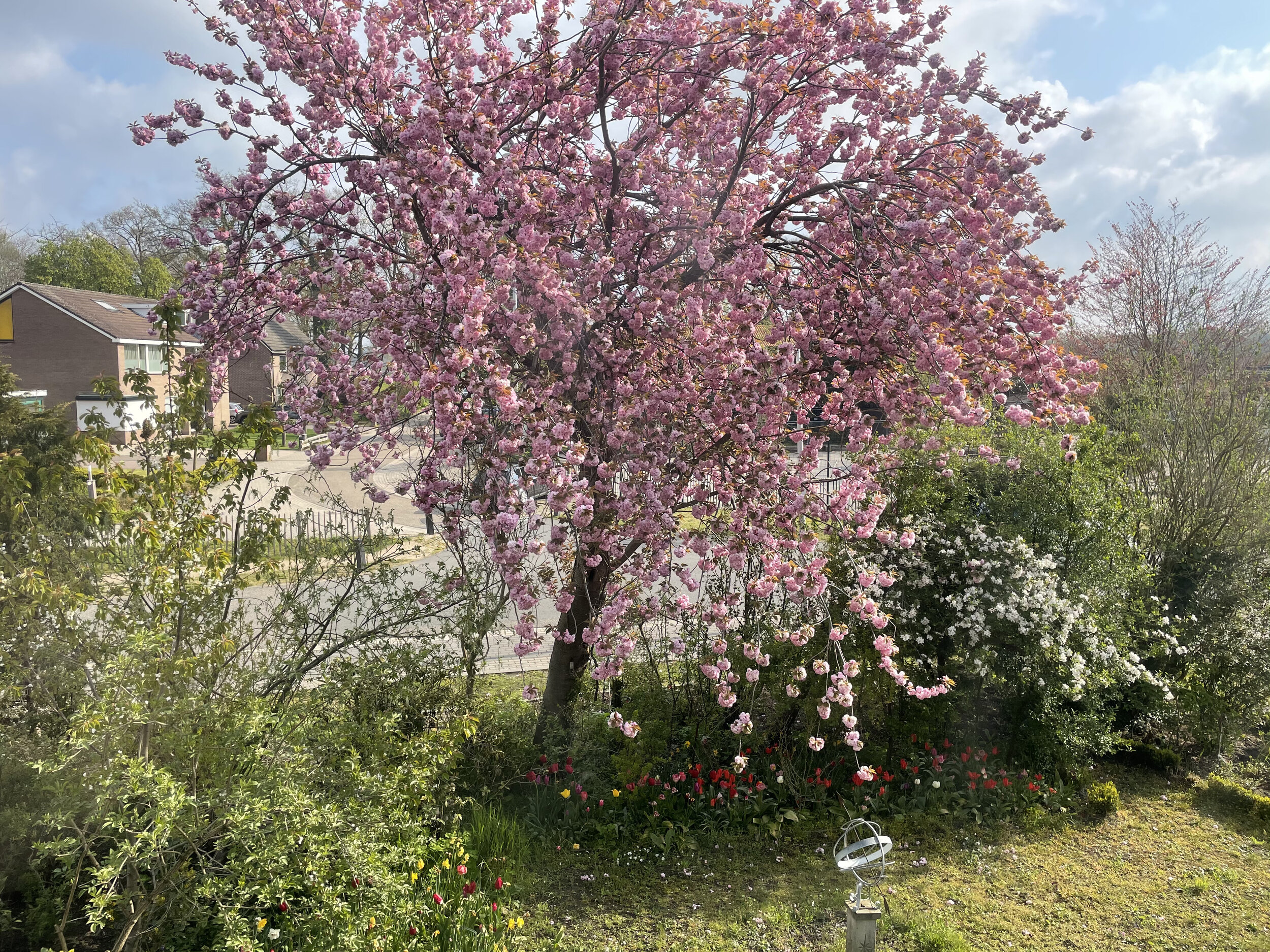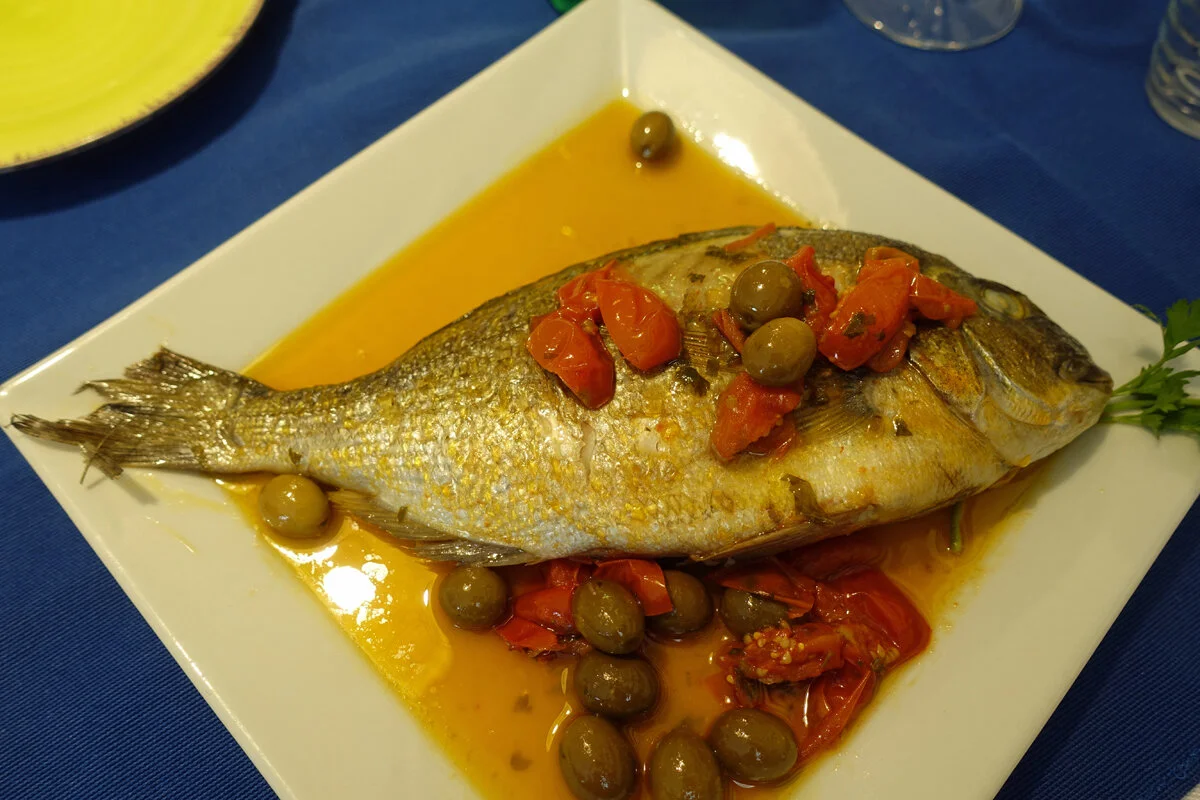"The dictator is coming"
With these words European Commission President Jean-Claude Juncker welcomed Hungary's Viktor Orbán at a summit in Riga, Latvia in 2015. International flights are still not an option so I have to plan my holiday in the European Union for a second year in a row. My default plan was to go hiking in the Alps but suddenly this felt like a lonely version of Groundhog Day. Life has been too boring lately and I don’t want to repeat myself.
It’s been some time since I visited one of the Central and Eastern European countries, so the idea of Hungary came to my mind. Politically this destination is much more interesting than the Alps. In 2018 the European Parliament passed a motion declaring that Hungary is at risk of breaching the EU’s core values, resulting in a successful vote for an Article 7 procedure against Hungary. But so far Hungary has evaded sanctions. I strongly support the European Union’s fundamental values.
Maybe change will come. In 2022 there will be a Hungarian parliamentary election with the opposition parties running together as a front against Viktor Orbán’s Fidesz. In August 2021 the opposition parties will hold a primary election to select the candidate for Prime Minister. This primary could coincide with my stay.
Nonetheless, Hungary has provincial cities I’ve never visited before, plenty of hills to hike, a wine producing region, stuffed cabbage (töltött káposzta) and I’m sure in August the Hungarian beer (sör) will be cold as ice.
Eastern Partnership summit, Riga, 21-22 May 2015. “Hello dictator!”
Turning dark red on the map
I have planned my holiday in August and I’m not even sure if I will be welcome in Hungary by the end of summer. The European Centre for Disease Prevention and Control (EDCD) has already coloured Noord-Holland orange on its map in support of the Council Recommendation on a coordinated approach to travel measures in the EU because of a combined indicator: the 14-day notification rate, testing rate and test positivity are showing high numbers.
At the current rate of infections it’s likely that on 14 July some provinces will turn red on the map (the next update will be based on data until 13 July). After that The Netherlands will turn dark red if no measures are enforced. The map is meant as a travel advice for the European countries but it quite possible some safe green countries will close the borders again.
How did we get here (again)? Just when the SARS-CoV-2 Delta variant infection rate was growing in The Netherlands, the demissionary cabinet announced that most restrictions are cancelled from 26 June. This resulted in a very high growth rate of delta very, very quickly. This was no surprise to me after following the data from India since April. The Westminster Tory government didn’t block flights from India in May and via holiday destinations in Portugal and Spain the delta variant established itself in The Netherlands in June before the restrictions were lifted.
This is all so predictable I’m not even angry. I might have to cancel my holiday plans again, or maybe my QR-code showing the validity of my two vaccinations will stay valid for travel within the EU over the summer. All I can say is “kismet”. [ Edit: a few days later I have to admit I’m livid at the government. 🤬 ]
Beautiful as long as it lasted. ECDC level ‘green’. All 3 days. @YorickB
My summer holiday is like the fruit for Tantalus.















